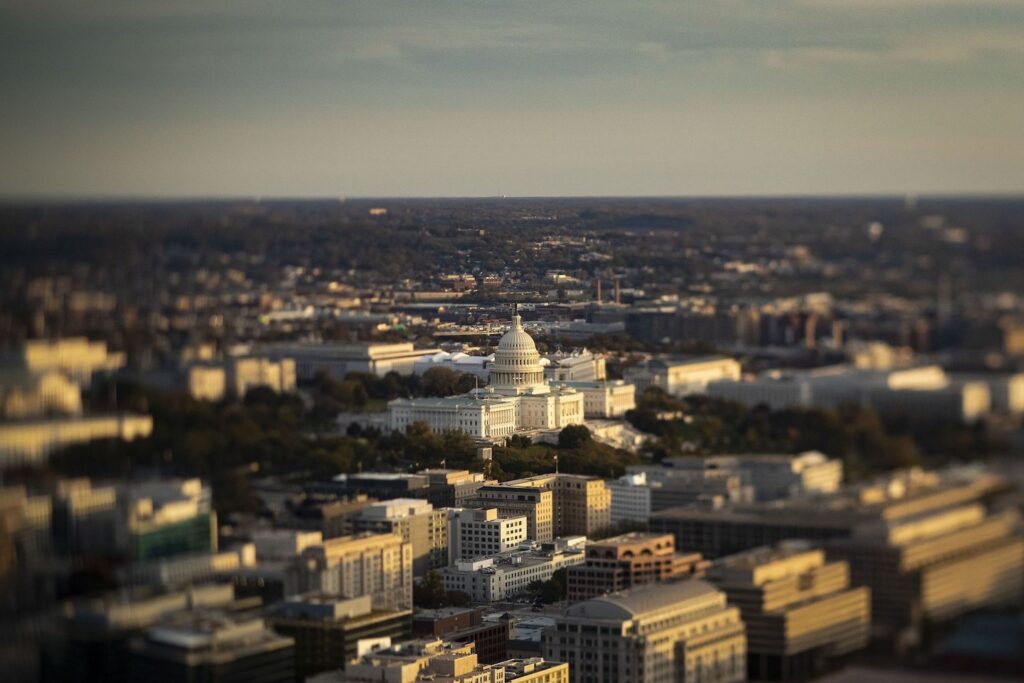
1. Why is there a debt ceiling?
Its creation, in 1917, made it easier to finance World War I by grouping bonds into different categories, easing the burden on Congress to approve each bond separately. With World War II looming in 1939, Congress created the first aggregate debt limit and gave the Treasury Department wide latitude on what bonds to issue. Raising the ceiling lets the government borrow to cover the gap between spending and taxes already approved by Congress.
2. When did it become a political issue?
The limit was routinely raised without incident until 1953. That year, approval was held up in the Senate in an attempt to restrain President Dwight Eisenhower, who had requested an increase to enable construction of the national highway system. The limit has since been raised dozens of times, usually without a fight. But the past quarter century has seen the debt ceiling increasingly become a partisan weapon.
3. What were the biggest fights?
Raising the debt ceiling was among the disputes that caused two shutdowns of the federal government in late 1995 and early 1996. Another fight occurred in 2011, rattling financial markets and prompting Standard & Poor’s to issue the first-ever downgrade of the US government’s credit rating. Consumer confidence plummeted as did poll ratings for Republicans in Congress and then-President Barack Obama, who agreed to more than $2 trillion in spending cuts over a decade to end the crisis. A second debt-ceiling faceoff between Obama and Republicans occurred in 2013 as part of a doomed GOP effort to undo the Affordable Care Act. It resulted in the cap being suspended for the first time.
4. What’s the issue now?
The federal debt limit of nearly $31.4 trillion will likely be reached sometime in 2023. Treasury Secretary Janet Yellen has urged Congress to extend the debt limit through the November 2024 presidential election to head off the risk of a catastrophic default. When the government hits the limit, Yellen will be able to stave off default by a few months by employing a toolbox of so-called extraordinary measures, such as withholding regularly scheduled contributions to a federal employee retirement fund and using that money to keep paying debts. Once those measures are exhausted, the options get more dire, potentially leading to a partial government shutdown and delays in government payments like Social Security checks.
5. What’s the current debt ceiling?
The debt limit is set at $31,381,462,788,891.71, or a bit under $31.4 trillion.
6. Who wants to raise it?
Leaders of both major political parties acknowledge that the debt limit must be raised, because the gap between government spending and revenue is so large. But many Republicans, who took control of the House of Representatives on Jan. 3, want to pair a debt limit hike with spending cuts, including potentially to Social Security, Medicare and Medicaid. President Joe Biden and most other Democrats have vowed to oppose that idea. Both parties agreed to debt limit hikes under Republican President Donald Trump without a fuss. But Republicans blame high inflation on spending during Biden’s first two years in office, and some, including the new House speaker, Kevin McCarthy, see the debt limit as a key leverage point.
7. Does there have to be a debt ceiling?
Some budget experts and commentators want to abolish the debt ceiling, arguing that the periodic congressional battles over it increases economic uncertainty. Supporters of the limit say using it to bargain for spending cuts serves the public interest at a time of historically high debt levels. The Obama administration considered but rejected untested ways to circumvent the debt limit, including minting platinum coins and placing them in the Federal Reserve or declaring the debt limit a violation of the 14th Amendment prohibition on questioning federal debt.
–With assistance from Erik Wasson.
More stories like this are available on bloomberg.com

